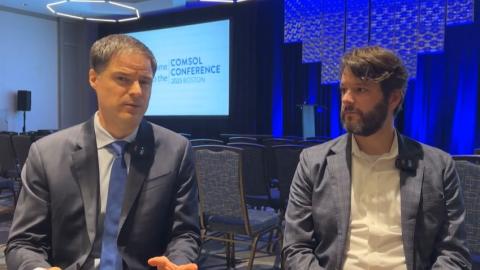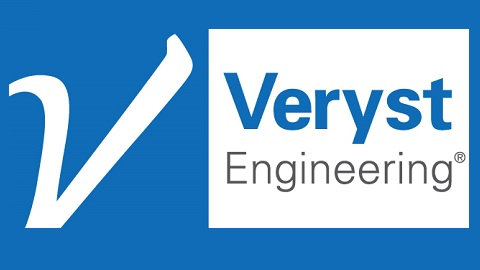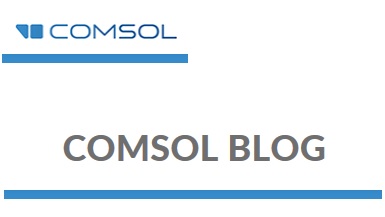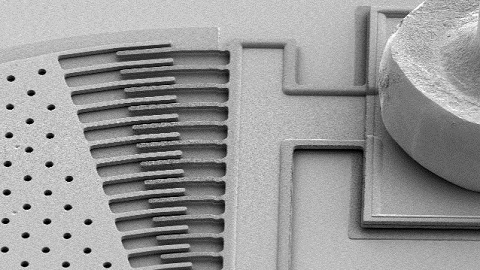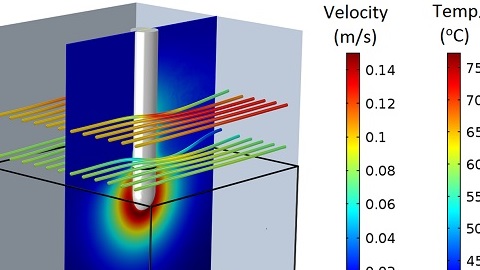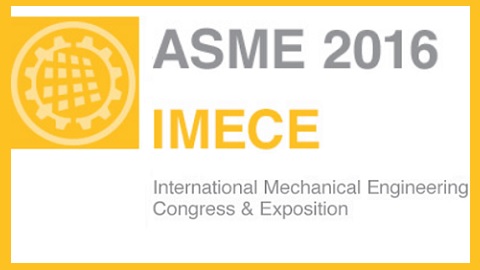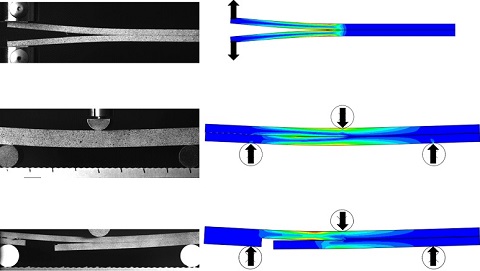Allyson Hartzell was invited to be a judge at the iMatSci Innovator Showcase, part of the 2016 MRS [Materials Research Society] Fall Meeting & Exhibit. The Showcase took place November 28-30, 2016 in Boston, MA. MRS describes the event as “a platform for technology leaders at universities, research labs and start-up companies to demonstrate the practical applications of innovative, materials-based technologies. The goal of this program is to convene innovators, industry leaders and investors in one location to spur collaboration that accelerates the adoption of new mat
